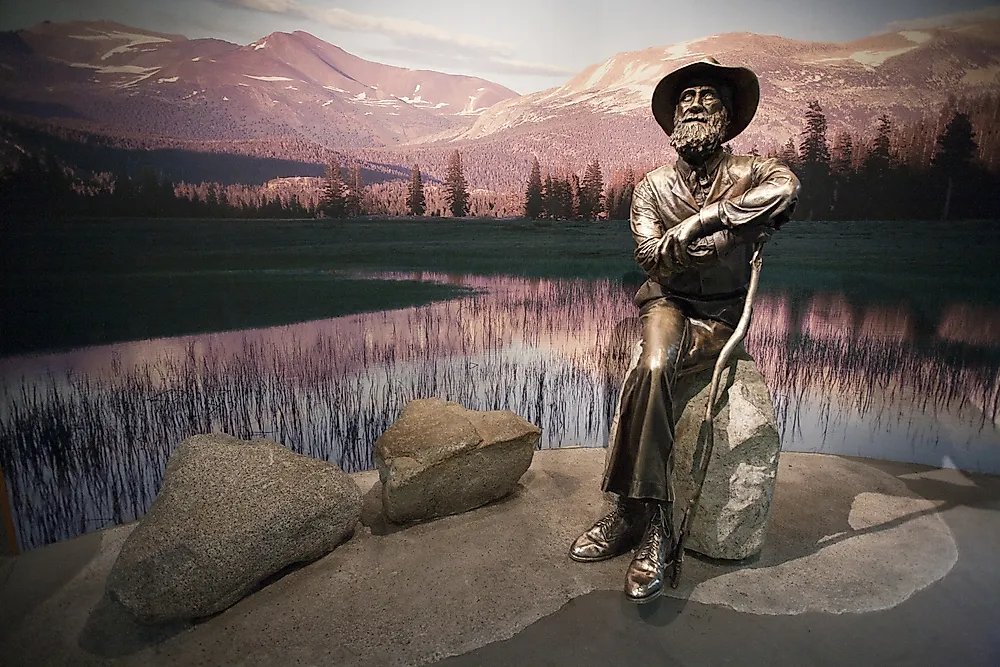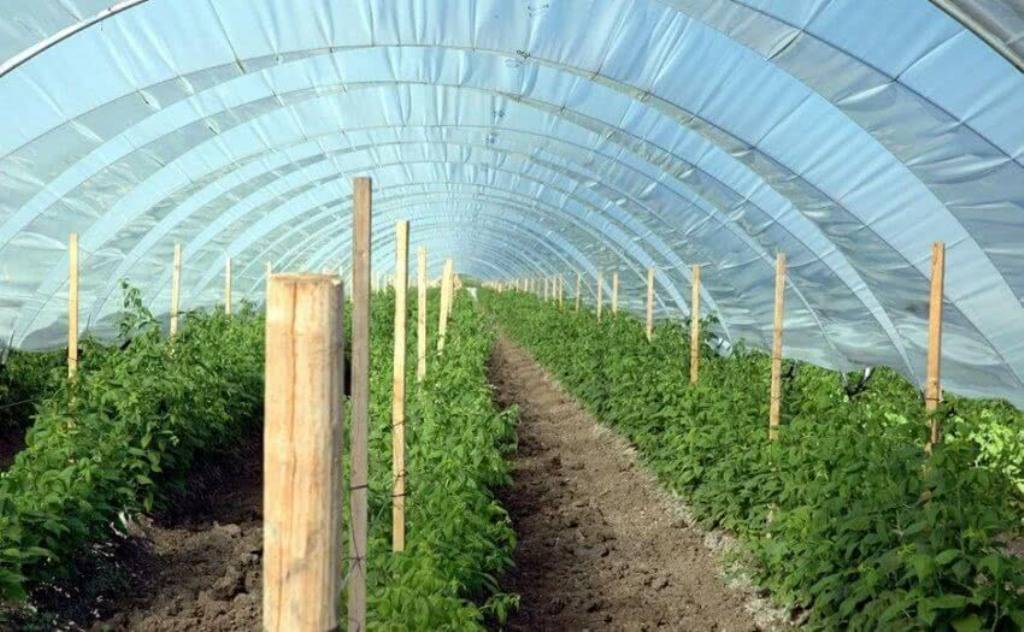Khartoum and the Nile River- Geographical Projects Transforming the City
Khartoum, the capital and largest city of Sudan, holds a central place in both the country’s geography and its historical development. Situated at the convergence of the Blue Nile and White Nile rivers, the city is strategically positioned at the meeting point of two of the most important waterways in Africa. The Nile River system, which stretches over 6,650 kilometers, plays a pivotal role in Khartoum’s economy, culture, and history, making the city not just the political but also an economic and cultural hub of Sudan.
The Geographic Setting of Khartoum
Khartoum is located in the northeastern part of Sudan, where the Blue Nile, originating in Ethiopia, and the White Nile, which flows from Lake Victoria, meet to form the main Nile River. This point of confluence is historically significant, as it has been a key crossroads for trade and communication for centuries. The city sits in a desert region, but its proximity to the Nile has allowed it to develop into an urban center despite the surrounding arid environment. The Nile’s presence in Khartoum is not only geographical but also symbolic, representing life and sustenance in a region that would otherwise be barren.
The Blue Nile brings water and sediment from the Ethiopian Highlands, contributing to the Nile’s annual flooding cycle, while the White Nile flows from the Great Lakes of East Africa. The confluence of these two major tributaries forms the Nile River, which continues its journey northward through Egypt before reaching the Mediterranean Sea. This geographic advantage has made Khartoum an important city for centuries, linking Central Africa with the northern part of the continent.
Historical and Economic Importance
Khartoum’s history has long been intertwined with the Nile River. The city was founded in the early 19th century as a small military garrison during the reign of the Mahdist State but quickly grew into a significant urban center. Its location at the confluence of the Blue and White Niles has always made it a key strategic point for trade and politics. The Nile allowed for the movement of goods and people, connecting Khartoum with regions as far south as Uganda and as far north as Egypt, forming a major trade corridor in northeastern Africa.
The Nile has enormous economic importance in Khartoum. The river serves as the backbone of Sudan’s economy, providing water for irrigation, agriculture, and transportation. The fertile banks of the Nile allow for the cultivation of crops such as wheat, sorghum, and cotton, which are vital for Sudan’s agricultural sector. Additionally, the river has historically supported the transportation of goods via riverboats, making it easier to move commodities from the interior of Sudan to markets in Egypt and beyond.
Khartoum’s economy is heavily dependent on agriculture, with the Nile providing irrigation for vast stretches of farmland. Sudan’s agricultural output, particularly sorghum, millet, and wheat, has been a critical part of the economy for centuries. In addition to farming, the Nile has enabled the development of industries such as fishing and transportation, further cementing the city’s role as a key economic center in the region.
The Nile and Urban Development
The Nile River has also reshaped the urban development of Khartoum. The city is characterized by its waterfront and riverbanks, where modern buildings and markets line the shores. The rivers provide a picturesque backdrop to Khartoum’s urban landscape, with many residents and visitors enjoying the river for leisure activities, such as boat rides and riverside picnics. The banks of the Nile are dotted with parks, hotels, and restaurants, making it a central aspect of life in the city.
The city’s development has been largely shaped by its proximity to the Nile. Historically, Khartoum served as a hub for caravan trade, where goods and people flowed along the river routes, and its position made it a natural center for Sudanese politics. Today, the Nile remains central to its economic and cultural identity.
Environmental and Political Challenges
Despite the undeniable benefits of the Nile, Khartoum faces significant environmental and political challenges related to the river. Water scarcity and climate change are growing concerns, as Sudan’s agricultural and urban sectors heavily rely on the river for water. The construction of dams and irrigation projects along the Nile, both within Sudan and in neighboring countries like Ethiopia and Egypt, has altered the flow and availability of water, sometimes leading to regional tensions.
Sudan, along with Egypt and Ethiopia, is part of a complex political dialogue over the equitable use of Nile waters. The construction of the Grand Ethiopian Renaissance Dam (GERD) on the Blue Nile in Ethiopia has created tensions between these countries, with disputes over water rights and the management of the river’s resources. These tensions are significant because the Nile is vital not only to Sudan’s economy but also to its national security and development.
Here’s a short list of important ongoing projects in and around Khartoum:
- Grand Ethiopian Renaissance Dam (GERD) – A major dam on the Blue Nile in Ethiopia, impacting Sudan’s water supply and regional water management.
- Khartoum Metro Project – A mass transit system to reduce traffic congestion and improve urban mobility.
- Blue Nile Diversion Project – Aiming to improve water management for irrigation and hydropower generation.
- Khartoum Sewerage and Water Supply Projects – Expanding water treatment plants and sewage systems to address the growing population’s needs.
- National Electricity Grid Expansion – Upgrading Sudan’s power infrastructure to meet increasing energy demands.
- Khartoum International Airport Expansion – Modernizing the airport to handle more passengers and cargo.
- Housing and Urban Development Projects – Developing affordable housing and improving infrastructure to accommodate the city’s expanding population.
The Black Patriots of the American Revolution | Maya
Conclusion
In conclusion, Khartoum’s position at the confluence of the Blue and White Niles makes it one of the most strategically important cities in Africa. The Nile River is integral to the city’s economy, providing water for agriculture, facilitating trade, and supporting various industries. Historically, it has been a hub for commerce and culture, linking sub-Saharan Africa with the north. However, the city’s relationship with the Nile is not without challenges, including issues related to water access and political disputes with neighboring countries. Despite these challenges, Khartoum remains a vibrant, dynamic city whose identity is deeply tied to the flow of the Nile River.




